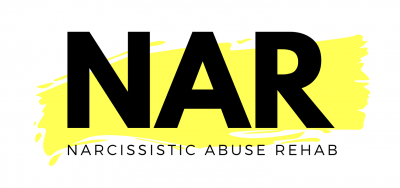With ‘The Myth of Mental Illness’, psychiatrist Thomas S. Szasz challenged coercive psychiatry and demanded an evidence based framework.
Book Review
Welcome to the inaugural Narcissistic Abuse Rehab book review with Meredith Wesley’s ‘Unmasking Manipulation’.


